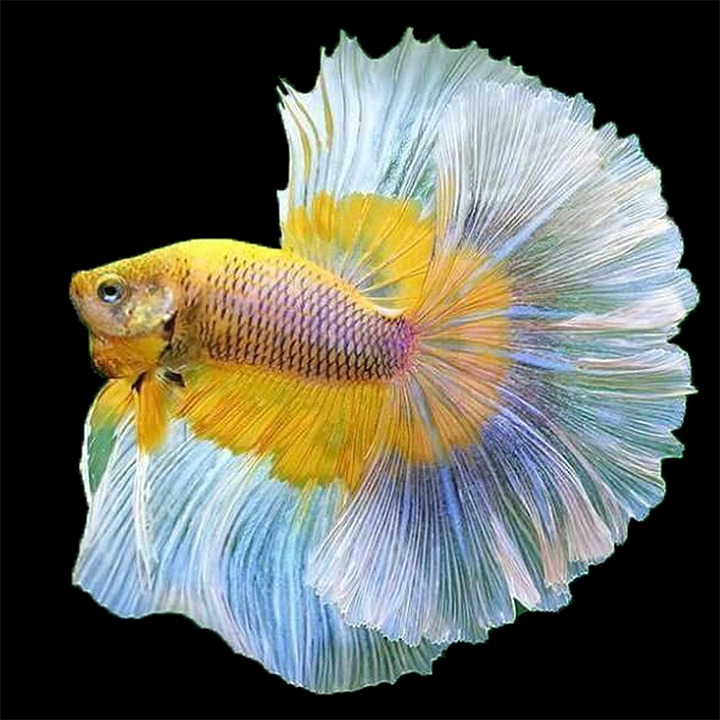Ensuring optimal tank water quality is crucial for maintaining the health and well-being of our fish. Understanding fish behavior and providing appropriate care can significantly impact their response to the tank environment. In this article, we will explore various ways to support fish response to tank water quality maintenance, along with answering some frequently asked questions.
I. Understanding Fish Behavior and Water Quality:
1. The Link between Water Quality and Fish Behavior:
– Importance of maintaining proper water parameters: Fish are highly sensitive to changes in water quality, and maintaining proper parameters such as temperature, pH, ammonia, nitrite, and nitrate levels is essential for their well-being.
– Impact of water quality on fish stress levels: Poor water quality can lead to increased stress levels in fish, which can negatively affect their behavior and overall health.
2. Signs of Poor Water Quality and Their Effects on Fish Behavior:
– Decreased appetite and feeding behavior: Fish may lose interest in food or refuse to eat altogether when the water quality is not optimal.
– Lethargy and reduced activity levels: Fish may become less active, spending more time resting or hiding, when the water quality is poor.
– Erratic swimming patterns and fin deterioration: Fish may exhibit abnormal swimming behaviors and show signs of fin deterioration, such as fraying or discoloration, in response to poor water quality.
– Increased aggression or territorial behavior: Fish may become more aggressive or territorial when their environment is not suitable, leading to conflicts and potential harm.
II. Maintaining Optimal Tank Water Quality:
1. Regular Monitoring of Water Parameters:
– Temperature, pH, ammonia, nitrite, and nitrate levels should be monitored regularly using reliable test kits to ensure they remain within the appropriate range for your fish species.
2. Performing Routine Water Changes:
– Regular water changes are essential to remove excess nutrients, waste, and pollutants from the tank. The frequency and volume of water changes depend on the specific needs of your fish species.
– Proper dechlorination techniques should be employed to ensure the tap water is safe for fish.
3. Ensuring Proper Filtration:
– Different types of filters, such as sponge filters, canister filters, and power filters, serve different purposes in maintaining water quality. Choose an appropriate filter for your tank size and fish species.
– Regular cleaning and maintenance of filters are necessary to prevent clogging and maintain their effectiveness.
4. Appropriate Feeding Practices:
– Providing a balanced diet suitable for your fish species is crucial for their health and well-being. Consult with a fish expert or do research to determine the ideal diet for your fish.
– Avoid overfeeding, as excess food can contribute to poor water quality. Monitor feeding response and adjust quantities accordingly.
III. Enhancing Fish Response to Tank Water Quality Maintenance:
1. Providing Adequate Hiding Places and Tank Layout:
– Creating a natural and secure environment by incorporating plants, rocks, and caves allows fish to hide and explore, reducing stress and promoting natural behavior.
2. Maintaining Consistent Lighting:
– Balancing natural and artificial light sources is important for fish. Establishing a regular light-dark cycle mimics their natural habitat and helps maintain their biological rhythms.
3. Minimizing Stressful Interactions and Tank Disturbances:
– Avoid sudden loud noises and vibrations near the tank, as they can stress fish.
– Limit excessive handling or tapping on the tank walls, as these disturbances can disrupt fish behavior and cause stress.
IV. FAQs (Frequently Asked Questions):
1. How often should I test the water parameters in my fish tank?
– Water parameters should be tested regularly, ideally once a week, to ensure they remain within the appropriate range for your fish species.
2. What are the most critical water parameters to monitor for fish health?
– The most critical water parameters to monitor are temperature, pH, ammonia, nitrite, and nitrate levels.
3. How frequently should I perform water changes, and what percentage of water should be replaced?
– The frequency and percentage of water changes depend on the specific needs of your fish species. In general, a 25% water change every two weeks is a good starting point, but adjustments may be necessary based on water parameters and fish behavior.
4. Can poor water quality cause fish diseases?
– Yes, poor water quality can weaken fish immune systems and make them more susceptible to diseases and infections.
5. Are there any specific plants that can help improve water quality in a fish tank?
– Yes, certain aquatic plants, such as Anubias, Java Fern, and Hornwort, can help improve water quality by absorbing excess nutrients and producing oxygen through photosynthesis.
Conclusion:
Maintaining optimal tank water quality is vital for supporting fish response and overall well-being. By understanding fish behavior, regularly monitoring water parameters, performing routine water changes, ensuring proper filtration, and providing an enriching environment, we can assist our fish in thriving in their aquatic habitat. Remember, a healthy and happy fish is a result of a well-maintained tank and a caring fish keeper.









